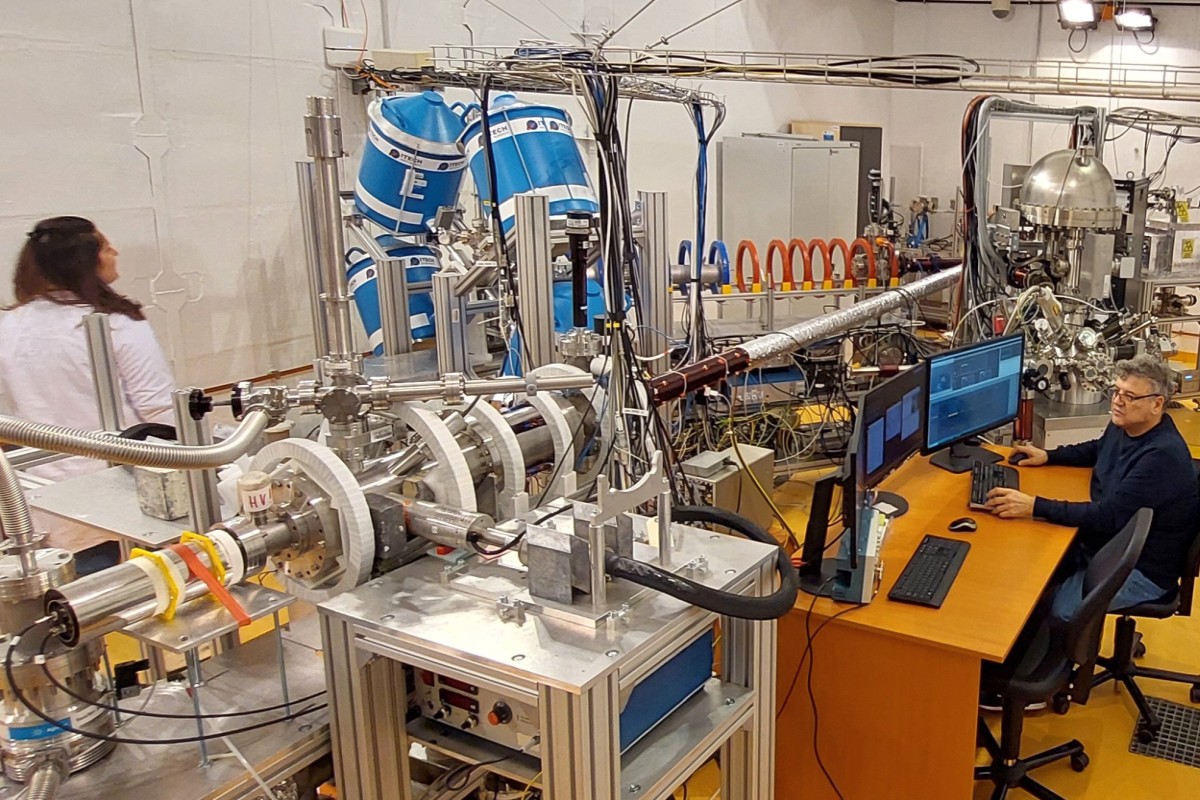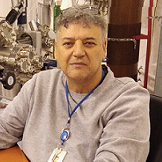The positron spectroscopy laboratory is located in the ERA2 room of the experimental building.
Positron Annihilation Lifetime Spectroscopy (PALS),
Doppler Broadening Spectroscopy (DBS), and Coincidence Doppler Broadening Spectroscopy (CDBS)
are available for performing studies with 48V
as a source of fast positrons. DBS, CDBS, and PALS are also available for conducting
experiments with a beam of slow positrons of variable
energy up to 30 keV.
Additionally, the laboratory is equipped with a photo- and Auger electron spectroscopy
system for studying the surface
chemistry of a material and the electronic state of the elements within a material.













 eli-np.ro
eli-np.ro